Every piece of art tells a story of elements of art . Shapes, colors, lines, and textures all come together to give life to the artist’s vision. But there is another equally important element that contributes to the overall message of the artwork – space. Space is often overlooked, yet it is the area which either surrounds or occupies within any given artistic composition. This area can be divided into two primary categories: positive and negative space.
By understanding the relationship between positive and negative space, artists can add depth, manipulate perception, and convey strong emotions through their work. In this comprehensive guide, we’ll explore the concept of positive and negative space, how it’s utilized by famous artists, the impact it has on viewers, and how you can apply these principles to your own artistic creations.
History of Space in Art
The concept of positive and negative space has been a part of art since the dawn of artistic expression. However, it was not until the Age of Enlightenment and the development of formal art theory that artists and theorists began to analyze and discuss the principles that guide space perception and organization.
One important milestone in the understanding of space in art occurred during the Renaissance when the technique of linear perspective was developed. This groundbreaking method allowed artists to create the illusion of depth on a two-dimensional surface, giving rise to a whole new world of possibilities in visual storytelling.
Over time, artists and theorists have continued to explore ways of organizing, dividing, and utilizing space in their work, ultimately leading to the fascinating array of artistic expressions that we enjoy today.
What is Positive Space?
Positive space refers to the primary subject or area of focus within an artwork. In other words, it’s the part of the artwork that occupies the most visual space, attracts the viewer’s attention, and holds their interest. Positive space generally corresponds to the solid, tangible forms within a piece. It consists of the shapes, forms or objects that are represented in a composition. The following attributes characterize positive space:
- The area where the viewer’s eye is naturally drawn
- The objects, shapes or forms that are the primary focus of a composition
- The elements of an artwork that convey the message or intention of the artist
For example, when looking at Leonardo da Vinci’s “Mona Lisa,” the figure of Mona Lisa herself comprises the positive space within the composition.
What is Negative Space?
Negative space, on the other hand, is the area surrounding or in between the objects or shapes in a composition. It can be seen as the “empty space” that contrasts with the filled positive space. It’s important to recognize that negative space isn’t simply empty or unused. But it serves a particular purpose in creating balance and depth within a composition. The characteristics of negative space include:
- The area that recedes into the background or appears less prominent
- The empty or open spaces surrounding, framing, or separating elements within a composition
- The parts of an artwork that allow for visual balance, depth, and contrast
Mona Lisa by Leonardo da Vinci
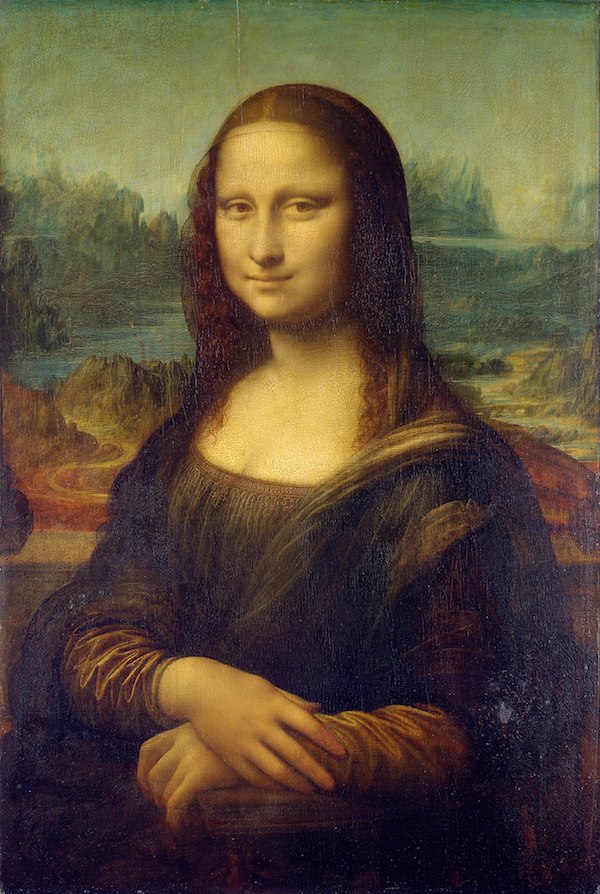
Returning to our “Mona Lisa” example, the space surrounding Mona Lisa, including the background landscape, constitutes as the negative space. The background is hazy, with soft lines and muted colors, allowing the figure of Mona Lisa to stand out in stark contrast. Her enigmatic smile is made all the more intriguing by the use of negative space, emphasizing her presence.
How Artists Use Positive and Negative Space
Artists are known for their ability to manipulate space in order to create meaning and provoke emotion in their viewers. By strategically using positive and negative spaces, they:
1. Create Balance

Just as writers use punctuation to control the flow of their text, artists utilize negative space to give “breathing room” to their compositions. Balancing positive and negative space ensures that the viewer’s eye can move smoothly from one part of the artwork to another. This equilibrium allows for a more visually appealing experience, as demonstrated in Japanese ukiyo-e prints, such as Hokusai’s “The Great Wave off Kanagawa.”
2. Enhance Visual Interest
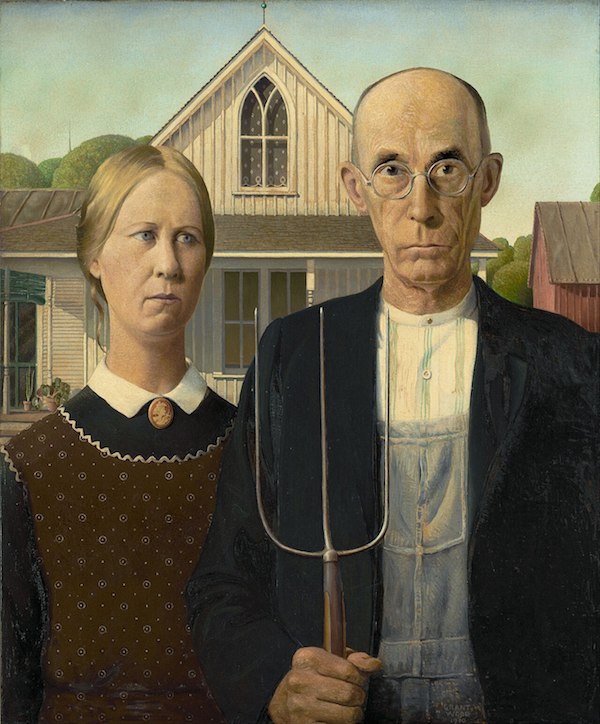
When effectively used, negative spaces can add visual interest to an artwork. In Grant Wood’s iconic “American Gothic,” the triangular shapes formed by the rooflines and overalls of the two figures enhance the composition’s overall geometric quality. These triangular areas of negative space ultimately create a sense of synergy in the painting.
3. Generate Depth and Dimension
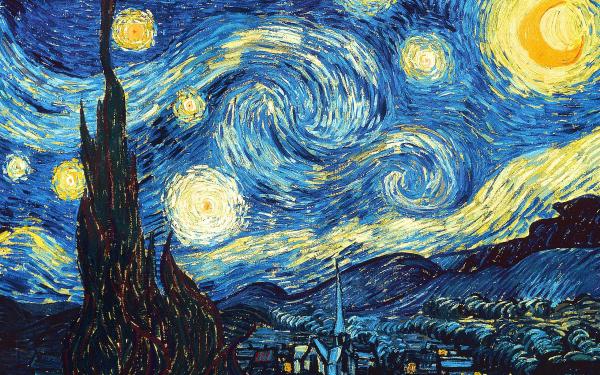
Certain manipulations of space can create a sense of depth and dimension within an artwork. By varying the size and amount of both positive and negative spaces, artists are able to generate the illusion of different spatial planes. For instance, in one of Vincent van Gogh’s paintings “Starry Night,” the spiral cosmic shapes in the sky contrast with the darker negative spaces, creating the illusion of a vast, swirling galactic atmosphere.
4. Evoke Emotion
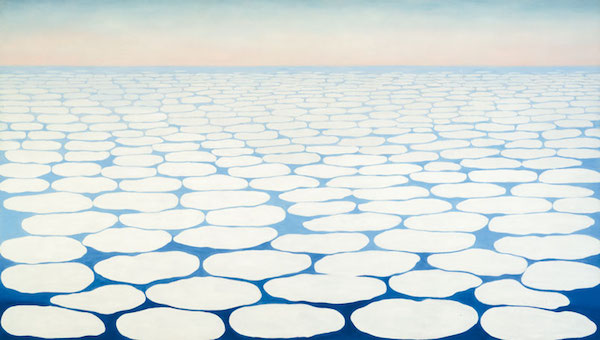
The use of space can significantly impact the emotional context of a piece of art. For example, Georgia O’Keeffe’s “Sky Above Clouds IV” features expanses of negative space that evoke a sense of calm and freedom amidst the soft cloud-like shapes. The specific use of space within this composition urges the viewer to experience the serenity of being at one with the sky and its vastness.
5. Occupy the Viewer’s Imagination
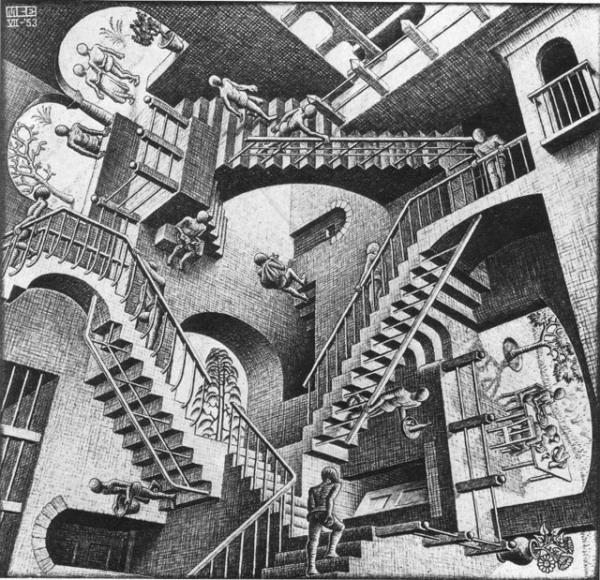
Negative space can be used to stimulate the viewer’s imagination by inviting them to fill in the gaps of an artwork with their own interpretations. In M.C. Escher’s surreal and intricate drawings like “Relativity,” negative spaces are employed to amplify the labyrinthine quality of these impossible worlds, forcing the viewer to contemplate the dimensions that the spaces might possibly occupy.
6. Highlight the Central Focal Point
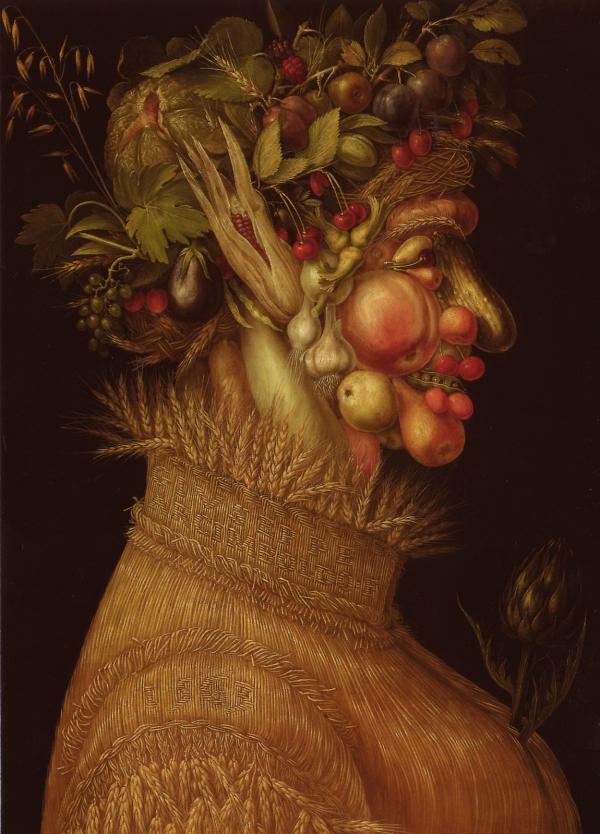
By using negative space to frame or contrast with the central focal point, artists can ensure that the viewer’s attention is directed towards the intended subject. In Giuseppe Arcimboldo’s “Summer,” a detailed portrait composed of fruits, vegetables and grains, negative space is used to isolate the highly intricate figure within the painting, highlighting the central message and theme.
The Dance between Positive and Negative: Mastering Contrast
Tying positive and negative space together is the art of contrast. An artist’s skill in creating contrast between these spaces can greatly influence the overall impact and depth of their work. Contrast emphasizes critical elements and adds dynamism, ultimately contributing to the artwork’s overall meaning.
Contrast can be achieved in various ways, such as:
- Color and Tone: Using complementary or contrasting colors can enhance the definition between positive and negative space.
- Shape and Form: Mixing geometric and organic shapes can generate visual tension and interest.
- Texture and Pattern: Pairing smooth, clean surfaces with rough, textured ones can establish clear divisions between areas of positive and negative space.
Examples of Famous Artists and their Manipulation of Positive and Negative Space
Many renowned artists have left their mark on the world through their unique manipulation of positive and negative space. Below are some examples of how these artists have used space to enhance their artwork:
Henri Matisse
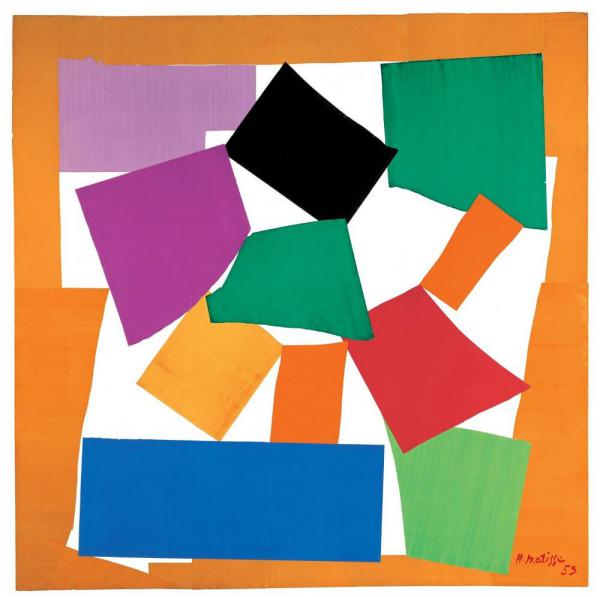
Henri Matisse, a pioneer of Fauvism, strategically used space in his cut-out works, such as “The Blue Nude II” and “The Snail.” In “The Snail,” Matisse carefully positioned various colored shapes on a blank canvas to create a sense of movement and abstraction. Interestingly, the use of space in the work inspired viewer curiosity, as they were required to fill in the blanks to imagine the surrounding environment.
Pablo Picasso
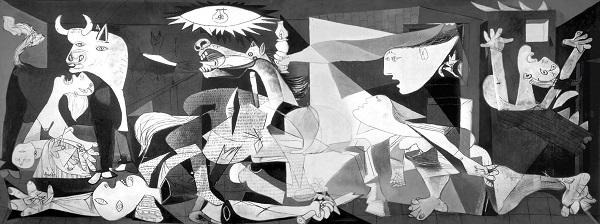
Cubist master Pablo Picasso often shocked the viewers with the unorthodox use of negative space in his art. In “Guernica,” Picasso’s use of negative space translates into a deep emotional response, which highlights the devastation and chaos associated with the bombing of Guernica during the Spanish Civil War.
Piet Mondrian
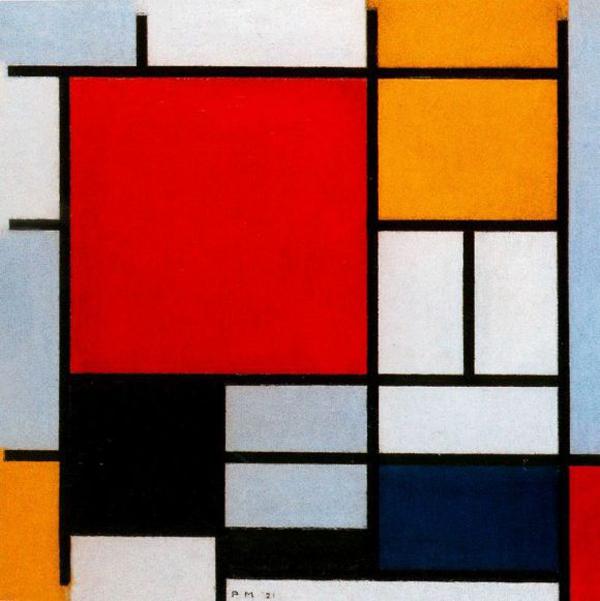
Piet Mondrian, a founder of the De Stijl movement, used space in his minimalist compositions like “Composition with Red, Blue, and Yellow.” His geometric abstractions with their uniformly spaced grids demonstrate a balance between the positive space of colored shapes and negative space of white canvas, signifying harmony and order.
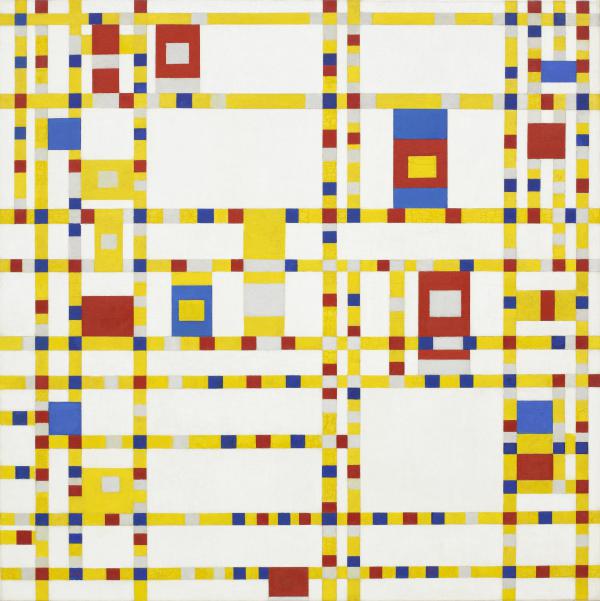
“Broadway Boogie Woogie” is another example of his artwork to showcase geometric forms and bold primary colors that challenge the viewer’s recognition of positive space. The composition plays with contrasting areas of emptiness, encouraging the eye to flit between the vibrant intersections.
René Magritte
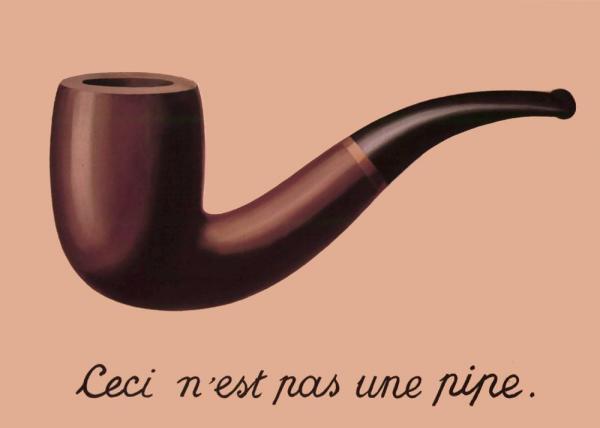
In this iconic piece, “The Treachery of Images”, Magritte challenges our expectations and understanding of space by juxtaposing a realistic image of a pipe with the text “This is not a pipe,” thereby creating a thoughtful conversation between the pictorial and linguistic realms.
Salvador Dalí
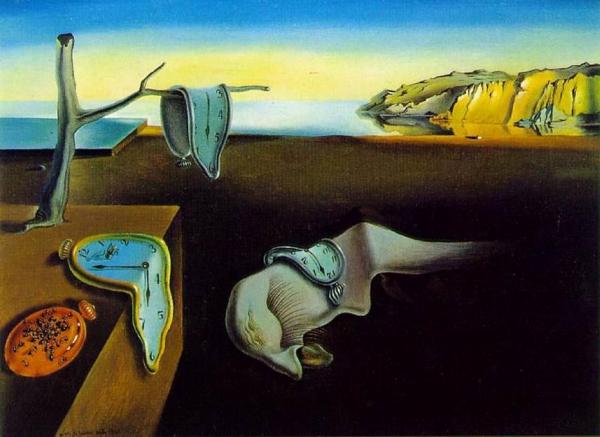
As a defining work of the Surrealist movement,the artist uses space to undermine conventional reality in his painting “The Persistence of Memory”. Dalí’s manipulation of space questions the viewer’s perception of physical objects and the passage of time.
Techniques for Manipulating Space
For aspiring artists looking to hone their skills in the art of space, here are some techniques to consider:
- Overlapping: Layering shapes and elements reinforces the perception of depth in a composition.
- Contrast: Use color, value, and texture to create striking juxtapositions that make your focal points stand out.
- Perspective: Employ one, two, or three-point perspective techniques to create a sense of depth and spatial relationships in your artwork.
How to Apply the Concept of Positive and Negative Space in Your Art
Given the numerous ways in which artists have used positive and negative space, you may be inspired to apply these concepts to your own work. By following some simple guidelines, you can produce artwork with greater depth and meaning.
- Start by analyzing your composition and identifying the key subjects or elements that will form your positive space.
- Assess the balance between positive and negative space in your piece. Avoid overcrowding your composition or leaving too much empty space.
- Experiment with contrast, color, and pattern to enhance the visual interest within your work.
Remember that the application of space can be as simple or as complex as you choose. The most important aspect is to practice and experiment with these concepts to fully understand and appreciate the impact space can have on your artistic creations.
Conclusion
Positive and negative space play a crucial role in the visual language of art. By understanding this fundamental concept and strategically applying it in your artwork, you can add depth, stimulate emotion, and create a visually captivating piece. Moreover, with practice and exposure to various works of art, you’ll be better equipped to decode the underlying spatial language within artwork, enhancing your appreciation for this versatile and powerful artistic tool.


